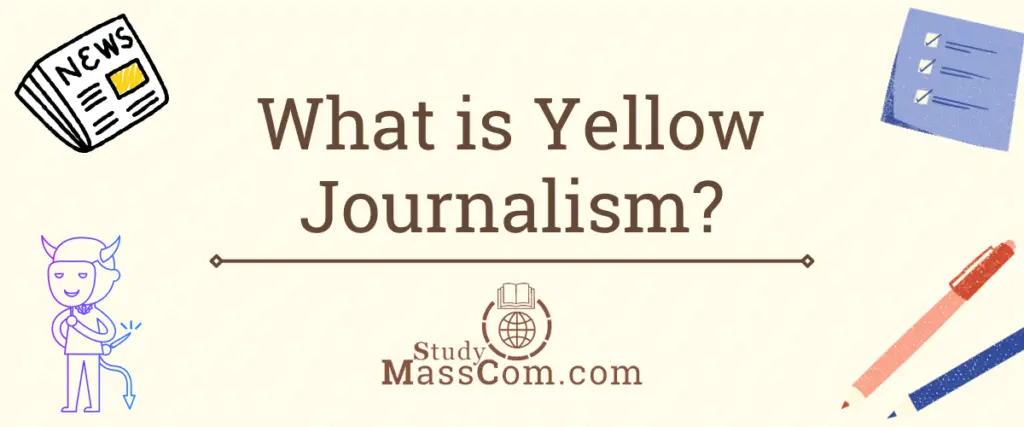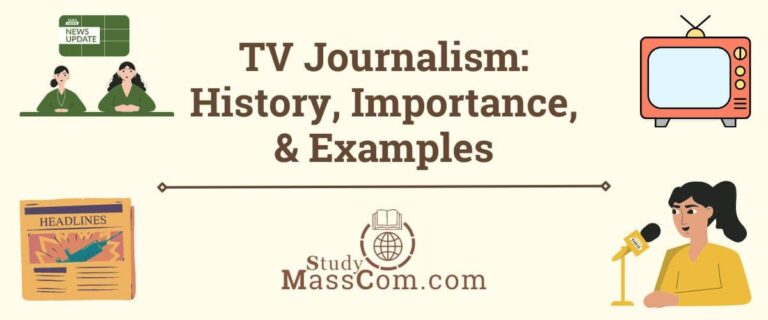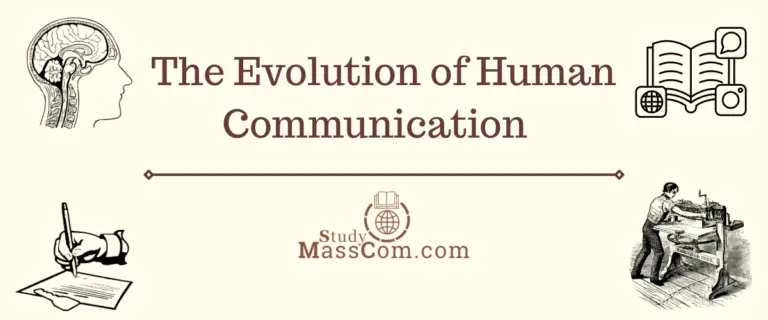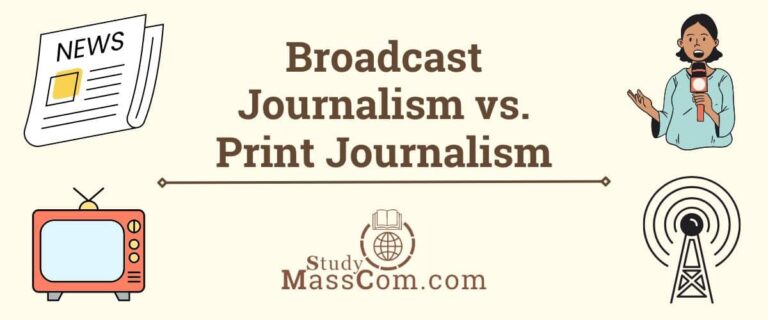What is Yellow Journalism?
Introduction
In the era of rapidly advancing technology and the proliferation of digital media, the role of journalism has taken center stage. While journalism is often regarded as the Fourth Estate and a pillar of democracy, there exists a dark side within the industry known as “yellow journalism.” This form of sensationalized reporting, which prioritizes scandalous stories and exaggeration over accurate and balanced reporting, has a long and controversial history. In this blog, we will delve into the origins, characteristics, and impact of yellow journalism.

Historical Context of Yellow Journalism
Yellow journalism emerged in the late 19th century in the United States, primarily during the Spanish-American War. Publishers Joseph Pulitzer of the New York World and William Randolph Hearst of the New York Journal, are often associated with pioneering this sensationalist style of reporting. The term “yellow journalism” itself is said to have been inspired by the “Yellow Kid” comic strip published in Pulitzer’s New York World.
Characteristics of Yellow Journalism
1. Sensationalism
Yellow journalism relies heavily on sensational headlines, dramatic language, and emotionally charged content to grab readers’ attention. The focus is on arousing strong reactions rather than providing unbiased and objective reporting.
2. Exaggeration and Fabrication
In pursuit of higher circulation and increased profits, yellow journalists often resort to exaggerating or even fabricating stories. They may manipulate facts, quotes, or images to generate more interest and boost readership.
3. Lack of Verification
Verifying facts and sources is a fundamental principle of journalism. However, yellow journalism often neglects this vital step, leading to the spread of misinformation, rumors, and half-truths.
4. Personal Attacks and Scandals
Yellow journalists frequently engage in character assassination, targeting individuals or groups through malicious reporting. Scandals, gossip, and salacious details about public figures take precedence over substantive news.
Yellow Journalism: Impact and Consequences
1. Influence on Public Opinion
Yellow journalism has the power to shape public opinion, as sensationalized stories can easily evoke strong emotions and sway readers’ perceptions. This influence can have significant consequences, especially when it comes to political matters and social issues.
2. Deterioration of Journalistic Credibility
The rise of yellow journalism has often eroded public trust in the media. When readers encounter exaggerated or false stories, the credibility of legitimate news sources is compromised, leading to skepticism and disillusionment.
3. Ethical Concerns
Yellow journalism raises ethical questions about journalistic integrity and responsibility. By prioritizing profit and circulation numbers over truth and accuracy, journalists undermine their role as watchdogs and public informants.
4. Social and Political Divisions
Sensationalized reporting tends to polarize society, fueling divisiveness and exacerbating conflicts. By prioritizing sensationalism and controversy, yellow journalism can hinder constructive dialogue and contribute to the fragmentation of communities.
Combating Yellow Journalism
1. Media Literacy
Promoting media literacy is crucial in today’s digital landscape. Educating the public about the importance of critical thinking, fact-checking, and seeking multiple sources helps individuals discern reliable journalism from sensationalized content.
2. Supporting Independent Journalism
Encouraging and supporting independent and non-profit news organizations can provide an alternative to the profit-driven model that often fuels yellow journalism. These outlets prioritize accuracy, investigative reporting, and holding power accountable.
3. Responsible Consumption
As consumers of news, we have a responsibility to seek out reliable sources, verify information, and avoid sharing unverified or sensationalized stories. By being discerning readers, we can help mitigate the spread of yellow journalism.
Conclusion
Ultimately, the fight against yellow journalism requires a collective effort from journalists, media organizations, educators, and the public. By upholding the principles of truth, accuracy, and integrity, we can work towards a media landscape that informs, enlightens, and fosters a well-informed citizenry.







It’s just amazing!
Thanks for the information